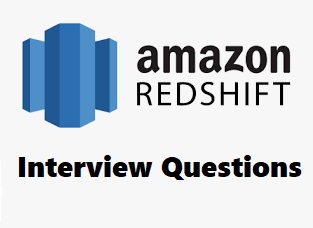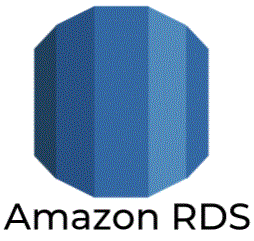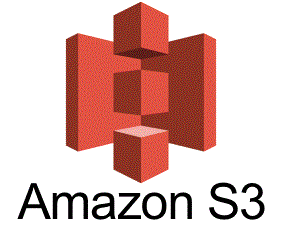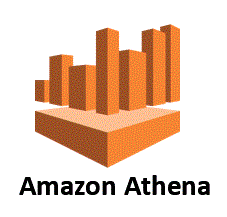1. What is a Snowflake data warehouse?
Snowflake is a data warehouse built on top of the Amazon Web Services or Microsoft Azure cloud infrastructure. There’s no hardware or software to select, install, configure, or manage, so it’s ideal for organizations that don’t want to dedicate resources for setup, maintenance, and support of in-house servers.
2. Explain Database storage in snowflake ?
The database storage layer holds all data loaded into Snowflake, including structured and semistructured data. Snowflake automatically manages all aspects of how the data is stored: organization, file size, structure, compression, metadata, and statistics. This storage layer runs independently of compute resources.
3. Explain Compute layer in snowflake ?
The compute layer is made up of virtual warehouses that execute data processing tasks required for queries. Each virtual warehouse (or cluster) can access all the data in the storage layer, then work independently, so the warehouses do not share, or compete for, compute resources. This enables nondisruptive, automatic scaling, which means that while queries are running, compute resources can scale without the need to redistribute or rebalance the data in the storage layer.
4. Explain the Snowflake benefits?
1. Performance and speed
2. Storage and support for structured and semistructured data
3. Concurrency and accessibility
4. Seamless data sharing
5. Availability and security
5. What is Seamless data sharing in snowflake?
Snowflake’s architecture enables data sharing among Snowflake users. It also allows organizations to seamlessly share data with any data consumer — whether they are a Snowflake customer or not — through reader accounts that can be created directly from the user interface. This functionality allows the provider to create and manage a Snowflake account for a consumer.












